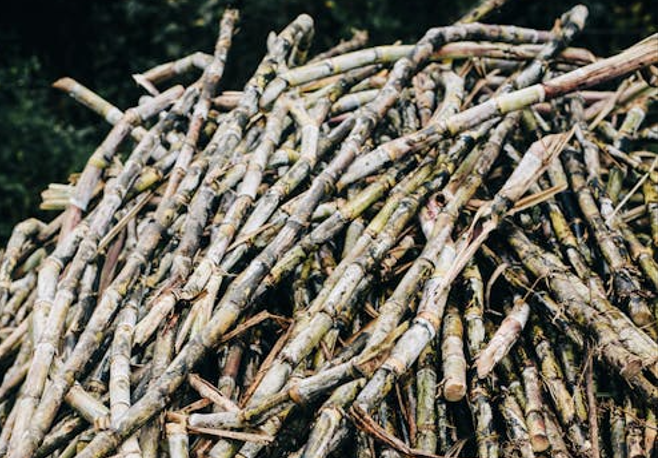Hyena attacks due to growth in population

The government is now attributing the surging hyena attacks in Juja, and around Nairobi National Park to an increase in their population.
Tourism and Wildlife CS Alfred Mutua said preliminary investigations into the attacks revealed the hyena population had multiplied during the dry season. Besides their attacks on people, Mutua furthered that lack of water and pasture had led to the death of some of the scavengers.
The hyenas are said to have taken advantage of the abundance of easily available food, saying their increased proximity to human settlements had also led to a rise in confrontations.
“We must understand that these animals are simply adapting to their environment. While it is our duty to conserve and protect our wildlife, we also need to take precautions to ensure the safety of our citizens,” the CS said in a press statement.
Contacted bank
He urged Kenyans to exercise caution during the night and avoid walking near areas where wild animals are known to reside while emphasizing the importance of community awareness and cooperation in reporting any unusual wildlife behaviour.
His sentiments come a day after two men including a Multi-Media University student, were attacked and grievously injured by hyenas at Ole Kasasi area in Rongai, Kajiado.
According to Kenya Wildlife Service (KWS), a team of officers from the Problem Animal Management Unit (PAMU) who were deployed in the area rushed the men to Wema Hospital in Rongai.
The injured, according to a KWS statement were referred to Kenyatta National Hospital for specialized treatment, after First Aid was administered.
“Regrettably, another (PAMU) team left on the ground discovered the partial remains of a human being at the scene, which were then retrieved by police. The remains have since been confirmed and family members contacted,” read the statement.









